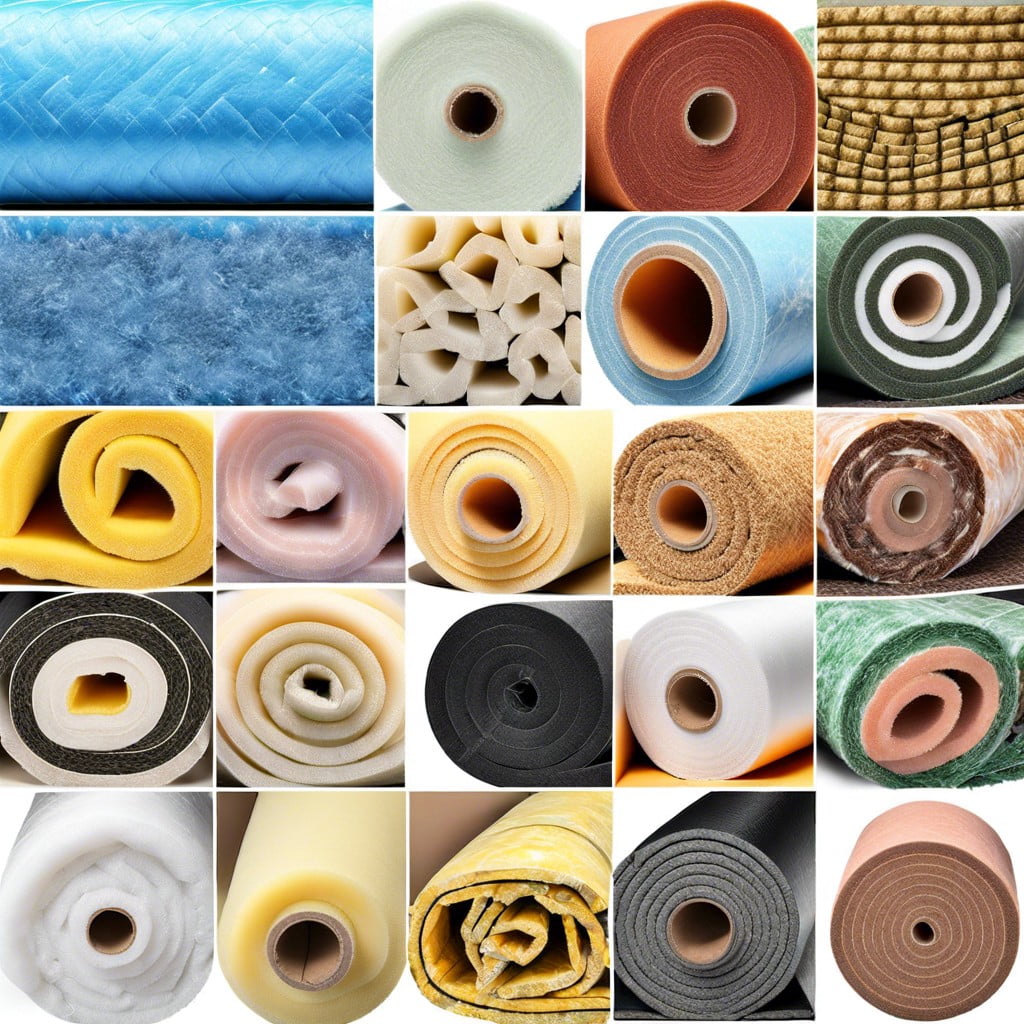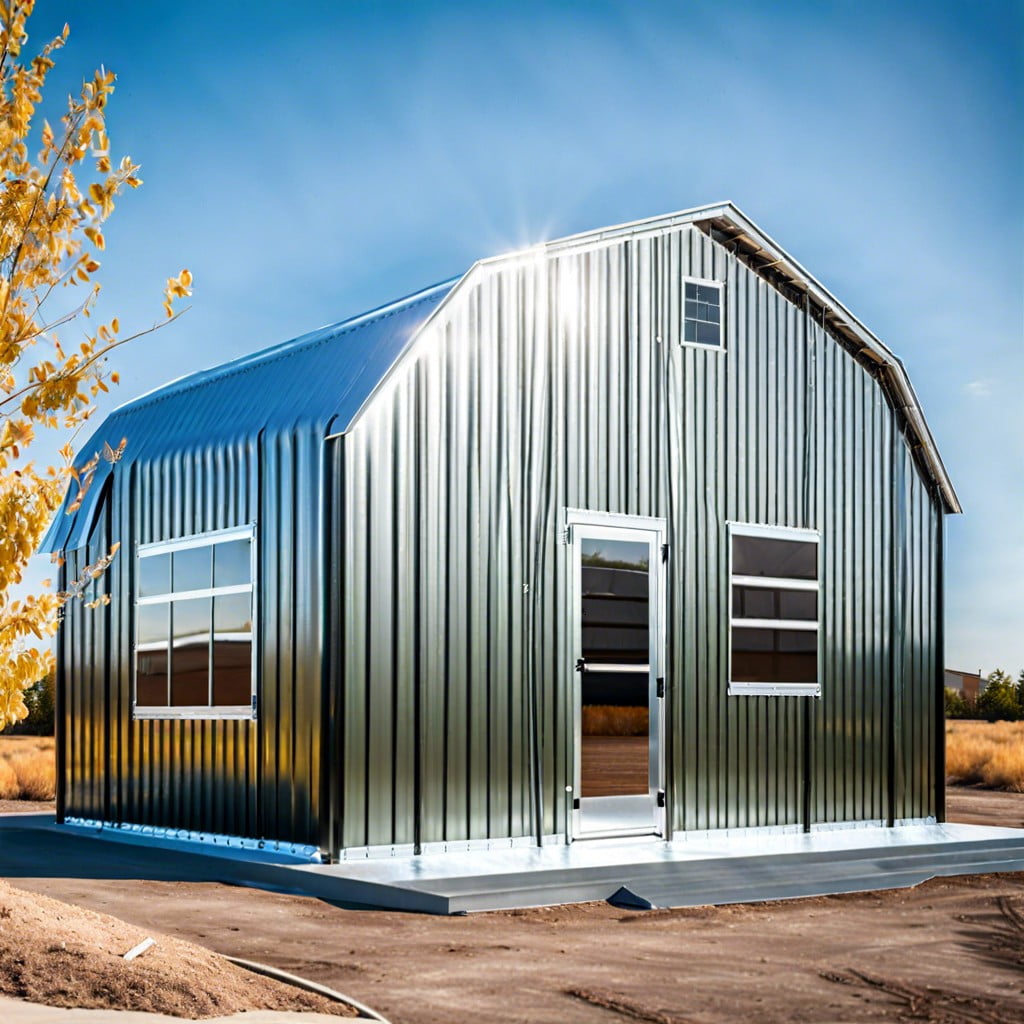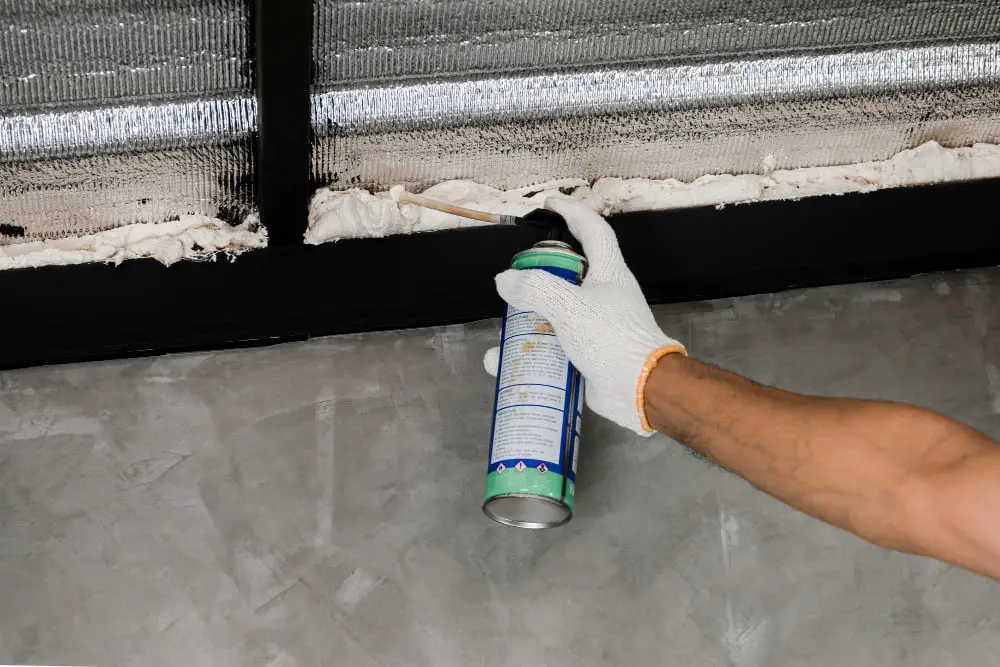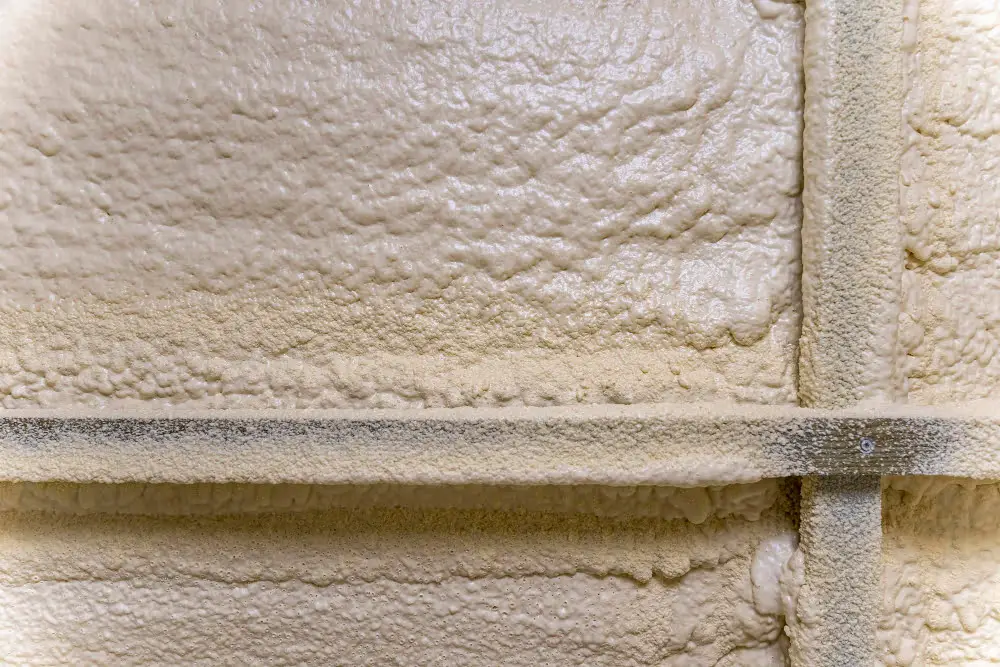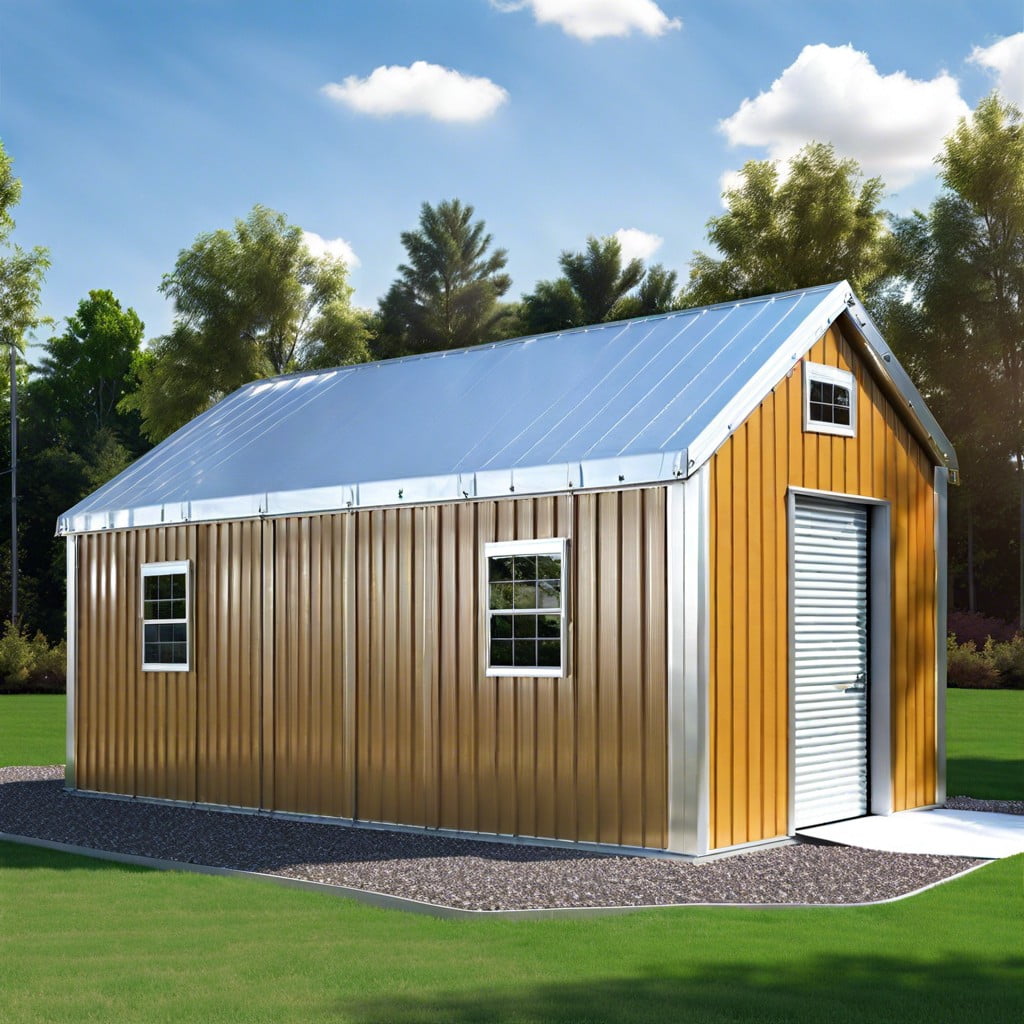Polymer insulation innovations are revolutionizing the construction industry by improving energy efficiency and reducing environmental impact.
Polymer insulation is an innovative solution that has revolutionized energy-efficient construction. It’s a type of insulation made from polymers (plastics) that are designed to reduce heat transfer between two surfaces.
This means it keeps your home warmer in winter and cooler in summer while reducing your energy bills.
But what makes polymer insulation so unique? How does it work? And how is it shaping the future of construction? In this article, we’ll explore these questions and more as we dive into the world of polymer insulation innovations.
So put on your hard hat (or at least grab a cup of coffee), because we’re about to embark on an exciting journey!
Key takeaways:
- Polymer insulation improves energy efficiency and reduces environmental impact.
- Open-cell and closed-cell insulation are the two main types.
- Polymer insulation reduces energy bills and greenhouse gas emissions.
- It has a wide range of applications in construction.
- Polymer insulation is lightweight, durable, and eco-friendly.
Polymer Insulation Types
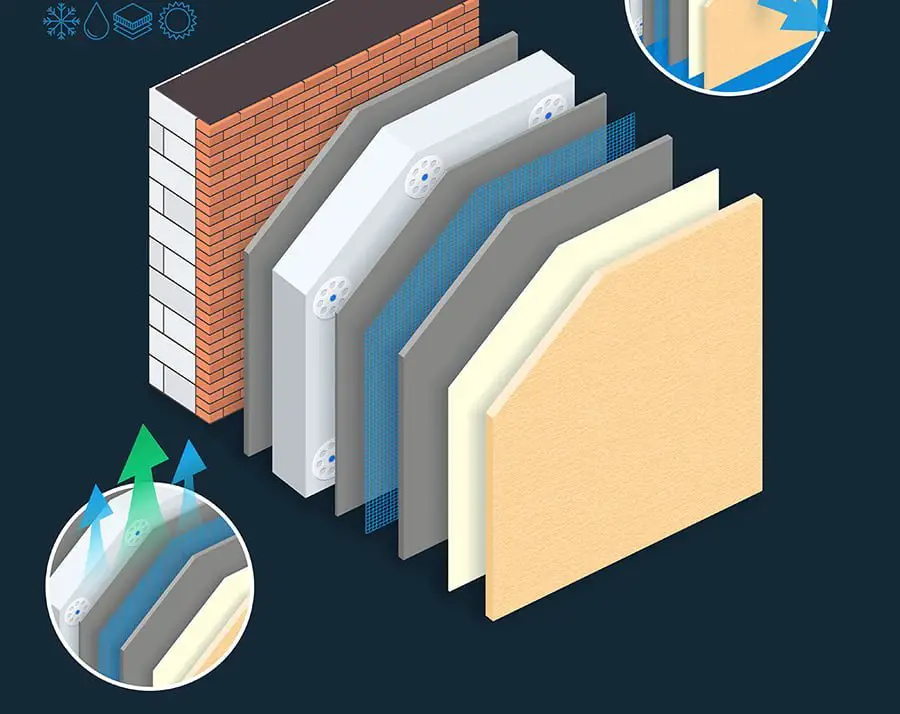
Now that we have a basic understanding of what polymer insulation is, let’s take a closer look at the different types available. There are two main categories: open-cell and closed-cell.
Open-cell insulation is made up of tiny cells that are not completely closed off from one another. This allows air to flow through the material, making it more flexible and easier to install in hard-to-reach areas like attics or crawl spaces.
However, because it’s less dense than closed-cell insulation, it has a lower R-value (a measure of thermal resistance) and may not be as effective in extreme temperatures.
Closed-cell insulation has tightly packed cells that do not allow air to pass through easily. This makes it denser than open cell foam with higher R-values per inch thickness which means better insulating properties for your home or building envelope overall but also harder installation process due its rigidity.
Both types have their advantages depending on your specific needs for energy efficiency and budget constraints during construction projects.
Polymer Insulation innovations continue to shape the future of energy-efficient construction by providing new solutions for builders who want high-performance materials without sacrificing affordability or ease-of-use when installing them into buildings’ envelopes – whether residential homes or commercial structures alike!
Energy Efficiency Benefits
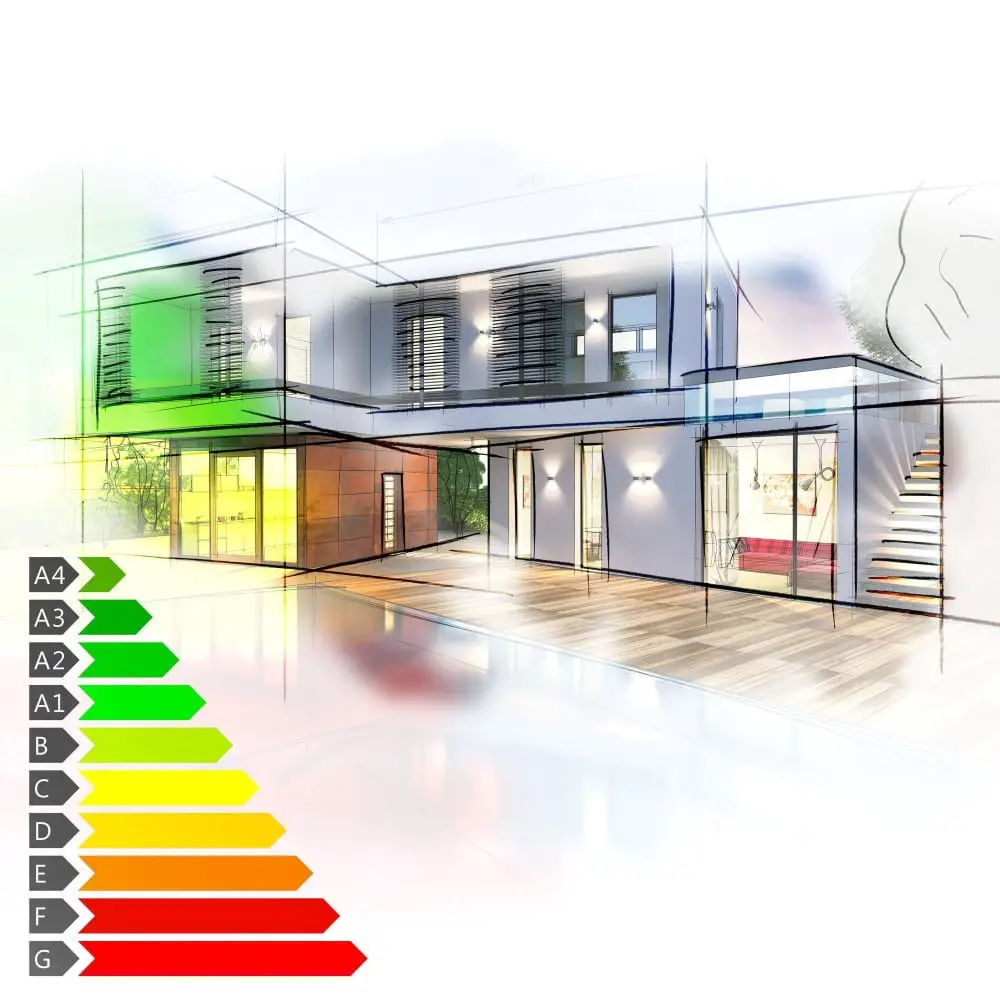
As we saw in the intro, polymer insulation is an innovative solution that has revolutionized energy-efficient construction. But what exactly are the benefits of using this type of insulation? Let’s take a closer look.
First and foremost, polymer insulation can significantly reduce your energy bills. By reducing heat transfer between two surfaces (such as your home’s interior and exterior), it helps keep your home warmer in winter and cooler in summer without relying on excessive heating or air conditioning systems.
But that’s not all – by reducing the amount of energy needed to maintain a comfortable temperature inside your home, you’re also helping to reduce greenhouse gas emissions. This means you’re doing your part for the environment while saving money at the same time!
In addition to these financial and environmental benefits, there are other advantages too. For example, because polymer insulation is lightweight yet durable, it can be easily installed into tight spaces where traditional insulations may not fit well or require more labor-intensive installation methods.
When it comes to building an energy-efficient home or retrofitting an existing one with better thermal performance capabilities – Polymer Insulation Innovations offer numerous advantages over traditional materials like fiberglass batts which have been used for decades but don’t provide nearly as much value when compared side-by-side with modern solutions like polymers!
Construction Applications
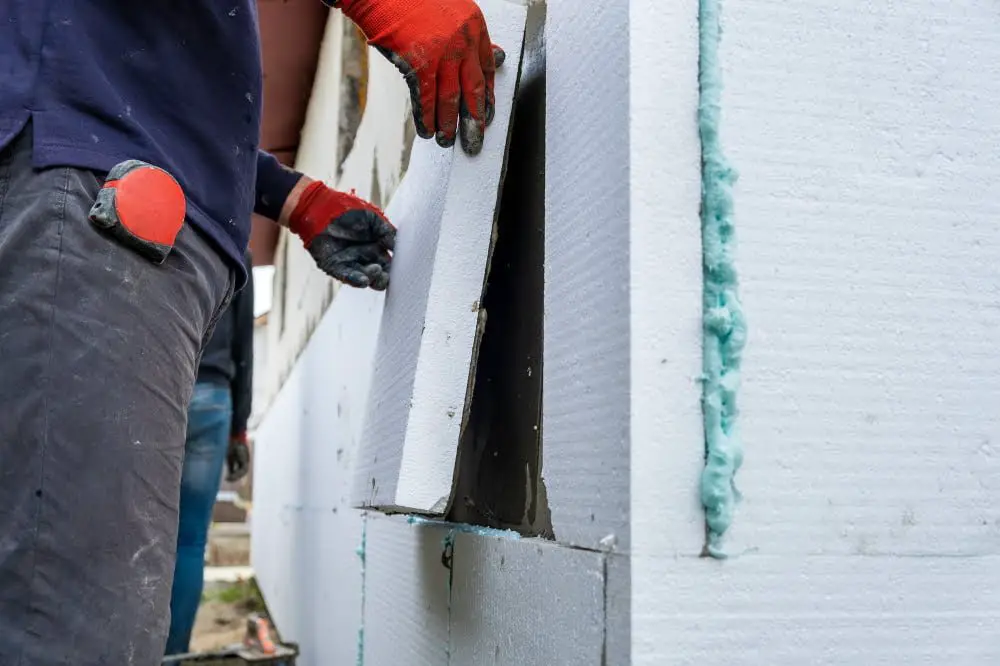
Polymer insulation has a wide range of applications in the construction industry. It can be used in walls, roofs, floors, and even foundations to provide superior thermal performance.
One of the most significant advantages of polymer insulation is its ability to fit into tight spaces that traditional insulations cannot reach.
For example, during my time working on a construction project for an old building renovation project last year, we encountered several challenges with installing traditional fiberglass batts due to limited space between the walls and ceilings. However, with polymer insulation’s flexible nature and spray-on application method allowed us to easily fill those gaps without compromising on thermal efficiency.
Moreover, Polymer Insulation is also ideal for use in green buildings or sustainable constructions as it reduces energy consumption by up 50%. This means lower carbon emissions from power plants that generate electricity needed for heating or cooling homes.
Polymer Insulation Innovations are not only making our homes more comfortable but also helping us reduce our carbon footprint while saving money on energy bills at the same time!
Thermal Performance
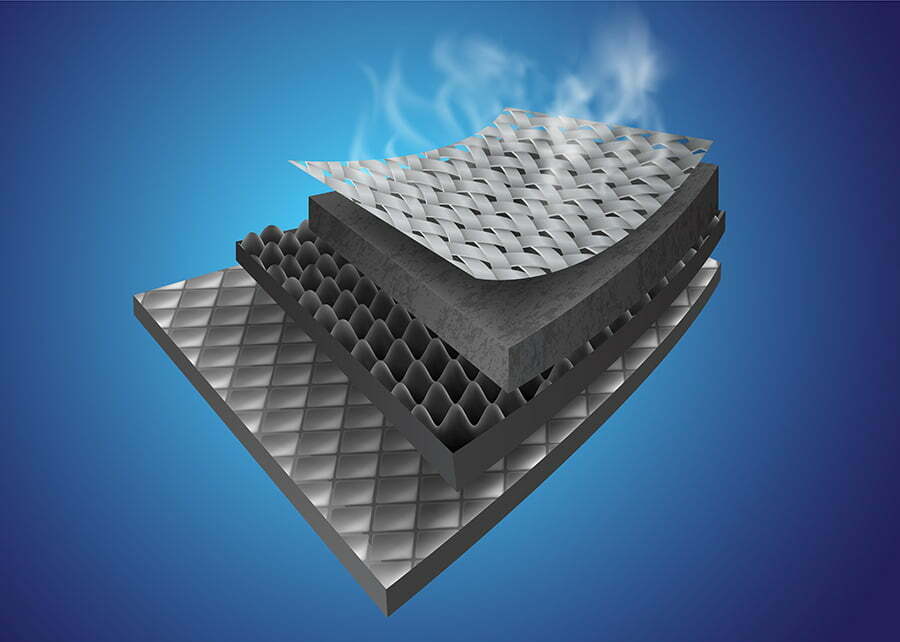
One of the most significant benefits of polymer insulation is its thermal performance. As we mentioned earlier, it reduces heat transfer between two surfaces, which means that it keeps your home warmer in winter and cooler in summer.
But how does this work?
Polymer insulation works by trapping air within its structure. Air is an excellent insulator because it’s a poor conductor of heat.
When you add polymer to the mix, you create a material that can trap air pockets effectively.
The result? A highly effective barrier against heat loss or gain through walls and roofs.
This innovation has been shaping the future of energy-efficient construction for several reasons:
Firstly, homes with better thermal performance require less energy to maintain comfortable temperatures throughout the year – reducing carbon emissions from heating and cooling systems.
Secondly, homeowners save money on their utility bills as they use less electricity or gas to keep their homes at optimal temperatures all year round.
Finally (and perhaps most importantly), improved thermal performance leads to more comfortable living spaces for occupants – no more drafty rooms or hot spots!
Polymer insulation innovations are changing how we think about building materials by providing us with new ways to improve our buildings’ efficiency while also creating healthier environments inside them!
Eco-friendly Materials
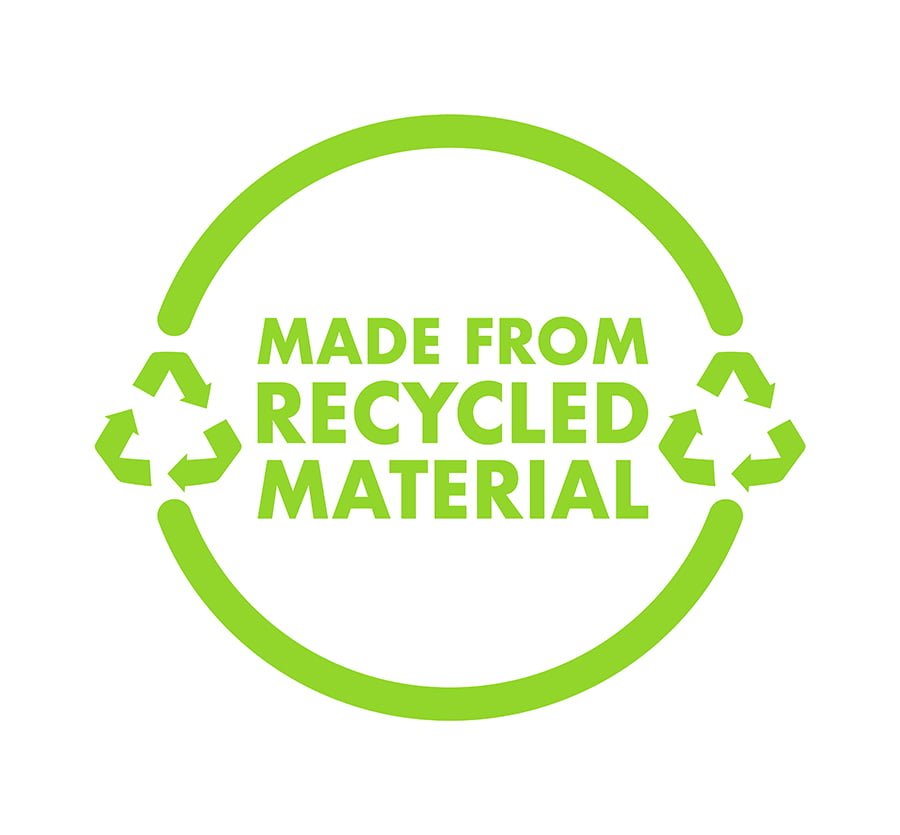
As a construction expert, I’ve seen firsthand how the industry has evolved over the years. One of the most significant changes is a shift towards eco-friendly materials.
With climate change becoming an increasingly pressing issue, it’s more important than ever to reduce our carbon footprint and find sustainable solutions.
Polymer insulation is one such solution that ticks all the boxes when it comes to sustainability. It’s made from recycled plastics and can be recycled again at the end of its life cycle, making it an excellent choice for those looking to reduce their environmental impact.
But polymer insulation isn’t just good for Mother Earth; it also benefits homeowners in many ways. By reducing energy consumption through better insulation, you’ll save money on your utility bills while enjoying a more comfortable living space year-round.
As we continue to prioritize sustainability in construction practices, innovative materials like polymer insulation will play an essential role in shaping our future built environment – one that balances comfort with conservation and leaves behind a smaller ecological footprint for generations to come.
Cost-effectiveness Analysis
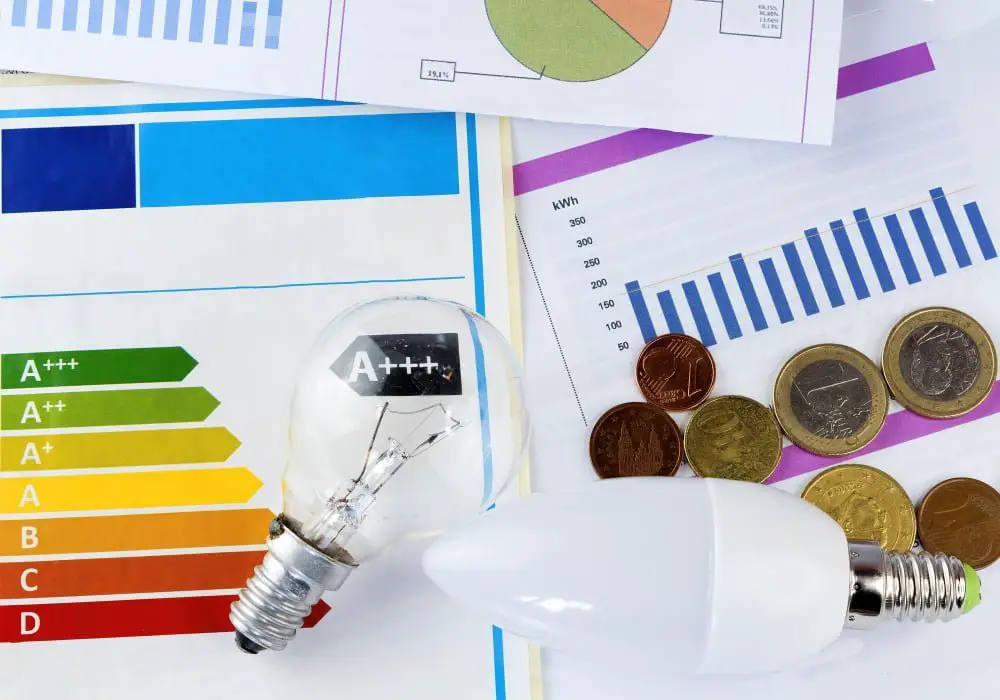
Now that we have a basic understanding of what polymer insulation is and how it works, let’s talk about its cost-effectiveness. One of the biggest concerns for homeowners when considering energy-efficient upgrades is the upfront cost.
However, studies have shown that investing in high-quality insulation can save you money in the long run by reducing your energy bills.
Polymer insulation has been found to be highly cost-effective due to its superior insulating properties compared to traditional materials like fiberglass or cellulose. It also requires less maintenance and replacement over time, making it a more sustainable option.
As someone who has worked in construction for years, I’ve seen firsthand how important it is to balance quality with affordability when choosing building materials. Polymer insulation offers an excellent solution by providing both superior performance and long-term savings on energy costs.
While there may be some initial investment required for installing polymer insulation during construction or renovation projects; however, this innovative material proves itself as a smart choice from both environmental sustainability perspective as well as financial benefits point-of-view over time – making it an ideal choice shaping up future constructions towards being more efficient than ever before!
Fire Resistance Properties
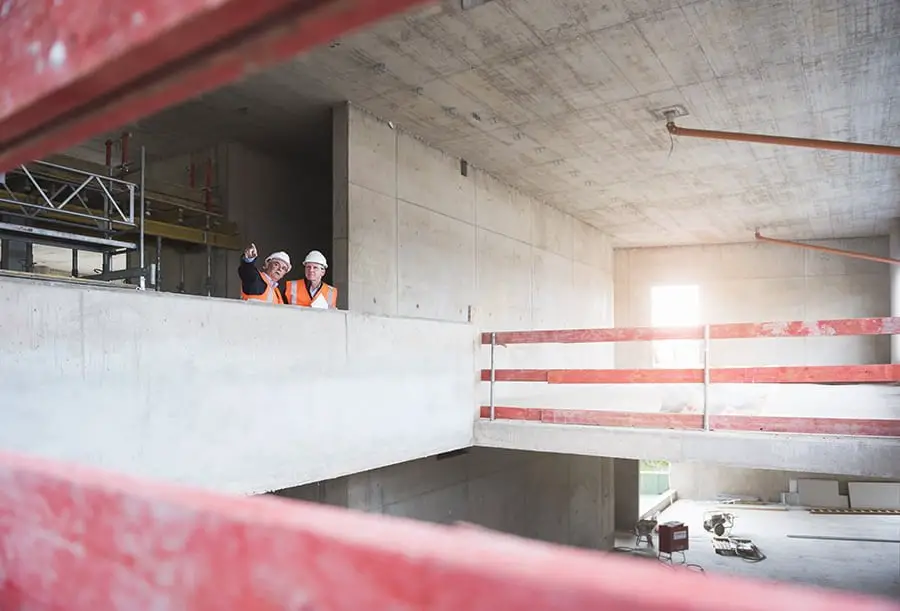
While polymer insulation has many benefits, some people have expressed concerns about its fire resistance properties. After all, plastic is known to be highly flammable.
However, the good news is that modern polymer insulation products are designed with fire safety in mind.
In fact, many of these products are treated with flame retardants during manufacturing to make them more resistant to flames and heat. This means that they can help slow down or even prevent the spread of fires in buildings.
Some manufacturers have developed innovative solutions such as intumescent coatings which expand when exposed to high temperatures forming a protective layer around the material underneath it.
While it’s important for builders and homeowners alike to take precautions against fires regardless of what type of insulation they use; Polymer Insulation Innovations offer excellent protection against potential hazards while providing energy-efficient solutions for construction projects both big and small.
The Science Behind Polymer Insulation
Polymer insulation is a revolutionary technology that has been shaping the future of energy-efficient construction. To understand its significance, it’s important to delve into the science behind this innovative material.
At its core, polymer insulation is made up of polymers – long chains of molecules that are chemically bonded together. These polymers can be derived from various sources such as natural materials or synthesized through chemical processes.
The key characteristic that makes polymer insulation so effective lies in its ability to trap air within its structure. Air pockets act as insulators by reducing heat transfer through conduction and convection.
Polymers have excellent thermal resistance properties, meaning they can significantly reduce heat flow between different areas and maintain stable indoor temperatures.
Polymers offer other desirable qualities for insulation purposes such as low density and high flexibility. This allows for easy installation in various building components like walls, roofs, floors, and pipes without adding excessive weight or compromising structural integrity.
Furthermore, polymer-based insulations also exhibit excellent moisture resistance properties which prevent water absorption and subsequent degradation over time. This ensures their longevity while maintaining their thermal performance throughout the lifespan of a building.
Integration of Technology in Developing Polymer Insulation
With the integration of cutting-edge technologies, manufacturers are able to enhance the performance and efficiency of these materials. One such example is the use of nanotechnology, which involves manipulating materials at an atomic or molecular scale.
By incorporating nanoparticles into polymer insulation, its thermal conductivity can be significantly reduced.
Smart technologies have also made their way into polymer insulation systems. These intelligent solutions utilize sensors and actuators to monitor and regulate temperature levels within buildings automatically.
This not only ensures optimal energy efficiency but also provides occupants with a comfortable living environment.
Furthermore, computer-aided design (CAD) software has revolutionized how engineers design and optimize polymer insulation products. Through virtual simulations and modeling techniques, they can analyze various factors like heat transfer rates or structural integrity before manufacturing even begins.
Disruption and Future Projections in the Polymer Insulation Industry
These disruptions are reshaping the future of the industry and opening up new possibilities for innovation.
One key area of disruption is the development of more sustainable and eco-friendly polymer insulation materials. Traditional insulation materials often have negative environmental impacts, such as high carbon emissions during production or difficulty in recycling.
However, with ongoing research and development efforts, manufacturers are now able to produce polymer-based insulations that have lower environmental footprints.
Another disruptive factor is the integration of smart technologies into polymer insulation systems. This allows for better control over thermal performance by adjusting temperature settings based on occupancy patterns or external weather conditions.
These smart systems can provide real-time data on energy consumption to optimize efficiency further.
Future projections indicate that there will be an increased focus on improving not only thermal but also acoustic properties through innovative use of polymers in construction projects. Polymer-based insulations offer excellent sound absorption capabilities due to their unique molecular structure which helps reduce noise transmission between rooms or from outside sources.
Furthermore, as urbanization continues at a rapid pace globally, there will be a greater need for resilient buildings capable of withstanding extreme weather events like hurricanes or earthquakes. Polymer insulations can play a crucial role here too since they possess inherent flexibility and durability characteristics that make them ideal candidates for enhancing building resilience against such natural disasters.
Disruptions within the polymer insulation industry are paving the way towards more sustainable practices while driving innovation forward across various aspects including material composition improvements as well as integration with smart technologies like IoT (Internet-of-Things).
Acoustic Insulation Capabilities of Polymer Materials
The unique properties of polymers, such as their ability to absorb sound waves and reduce noise transmission, make them an ideal choice for creating quieter and more comfortable living and working spaces.
One key advantage of using polymer materials for acoustic insulation is their high density. This density allows them to effectively block the transmission of sound waves through walls, floors, and ceilings.
By reducing the amount of noise that enters or leaves a space, polymer-based acoustic insulation helps create a peaceful environment where individuals can focus on their tasks without distractions.
Polymers offer excellent vibration damping properties. Vibrations caused by external sources like traffic or machinery can easily travel through traditional building materials such as concrete or metal structures.
However, when these structures are combined with polymer-based insulating layers specifically designed to dampen vibrations, they become much more effective at reducing unwanted noise.
Furthermore, unlike some other types of insulating materials that may degrade over time due to moisture absorption or pests’ infestation issues compromising their performance; polymer-based solutions are resistant against these factors ensuring long-lasting effectiveness in maintaining optimal acoustics within buildings.
Polymer materials provide exceptional capabilities when it comes to acoustic insulation in construction projects. Their ability to absorb sound waves, block transmission, and dampen vibrations makes them an invaluable tool in creating quiet and comfortable environments.
How Innovations in Polymer Insulation Contribute to Urban Resilience
Urban resilience refers to a city’s ability to withstand and recover from various shocks and stresses, such as natural disasters or climate change impacts. Innovations in polymer insulation play a crucial role in enhancing urban resilience by improving the energy efficiency of buildings.
Polymer insulation materials offer several advantages over traditional insulation options. Firstly, they have excellent thermal performance properties that help regulate indoor temperatures efficiently.
This reduces the reliance on heating and cooling systems, leading to lower energy consumption and reduced greenhouse gas emissions.
Polymer insulations are lightweight yet durable materials that can be easily installed in both new constructions and retrofitting projects. Their flexibility allows for seamless integration into different building designs without compromising structural integrity.
Furthermore, polymer insulations provide effective moisture control by preventing condensation buildup within walls or roofs. This helps mitigate potential damage caused by mold growth or water infiltration during extreme weather events like heavy rainfall or flooding.
Another key aspect contributing to urban resilience is fire safety measures implemented through innovative polymer insulation solutions. Many modern polymers used for insulation purposes are designed with flame-retardant properties that significantly reduce fire risks compared to conventional materials.
By incorporating these innovations into construction practices across cities worldwide, we can enhance their overall resiliency against environmental challenges while simultaneously reducing carbon footprints associated with energy consumption.
FAQ
What is the new technology in insulation?
The new technology in insulation is Vacuum Glass for R-10 Windows, which uses a low-E coating with a vacuum between two thin layers of glass, reducing heat escape during colder periods.
What is the most advanced insulation?
The most advanced insulation material currently known is Aerogel, notable for having the highest insulation value and the lowest thermal conductivity of any solid.
What is the new material for insulation?
The new material for insulation is a nearly weightless, porous aerogel that is made up of an atomically thin ceramic known as hexagonal boron nitride, which can withstand extreme heat that would destroy other materials.
How has nanotechnology revolutionized the insulation industry?
Nanotechnology has revolutionized the insulation industry by enabling the production of advanced insulation materials that provide superior thermal resistance, are lightweight, and have increased durability.
In what ways is phase change material being used to improve insulation?
Phase change materials are enhancing insulation by storing heat during high temperatures and releasing it during low temperatures, therefore creating a consistent indoor environment while reducing energy costs.
What role do polymer foams play in the next generation of thermal insulation?
Polymer foams serve as the core component for next-generation thermal insulation materials, driving advancements in energy efficiency and heat retention due to their impressive combination of high porosity, low thermal conductivity, and water-resistance.
Recap
